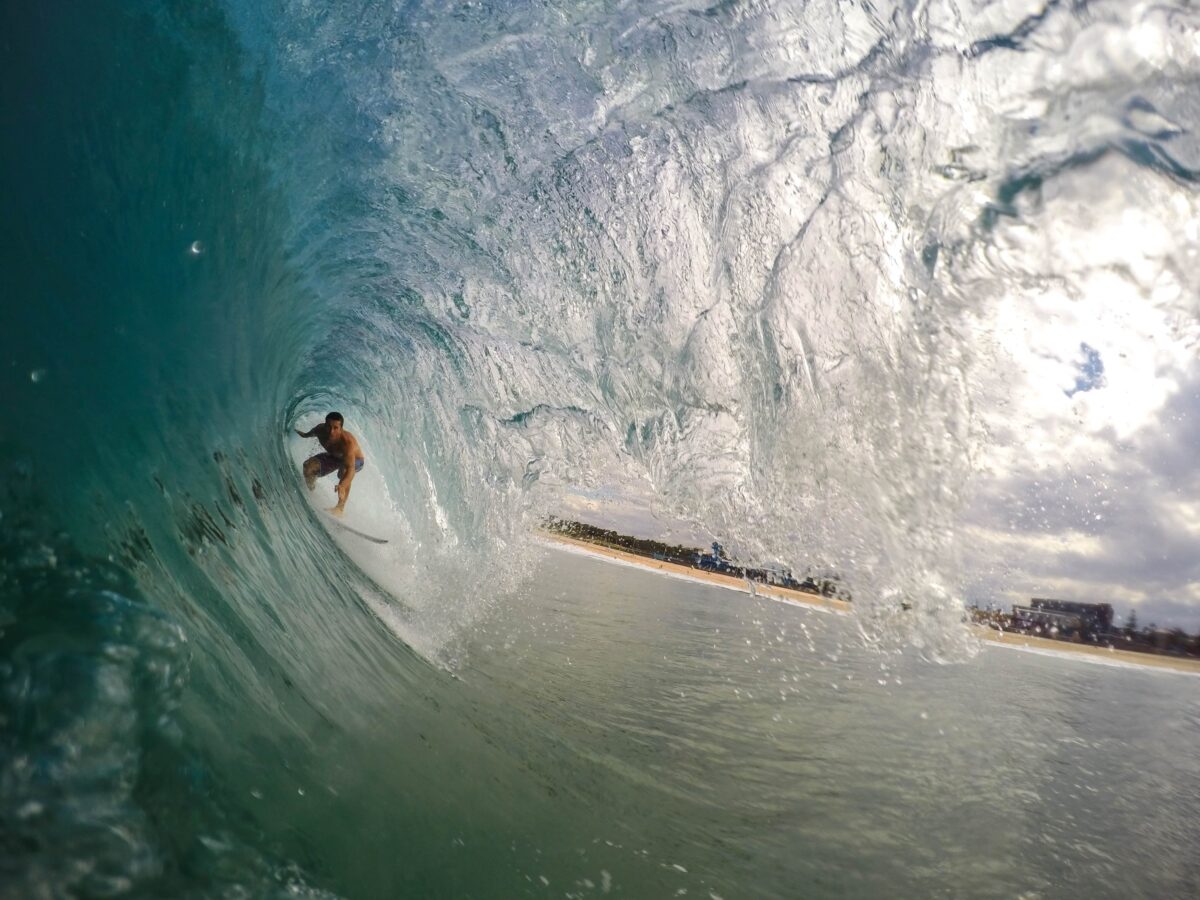It’s a beautiful summer day at the beach with clear skies and great waves. The water is scattered with eager surfers, patiently paddling to catch a perfect ride. Adrenaline increases as a large wave approaches, each surfer trying to gain adequate balance to stand on their rocky board and glide along the wave. This common summer activity brings pleasure and joy to many; however, like in any sport, injuries can occur.
Although surfing is a relatively safe sport, research states that athletes are at risk for various injuries during participation, commonly in the knee or shoulder. However, surgery is not always required.
A study published on November 5th, 2019 in the journal Sports Health: A Multidisciplinary Approach about research done at the Hospital for Special Surgery (HSS) looked at recreational surfers and the specific types of orthopedic injuries they were experiencing. The study also looked at what frequent surgeries were required, if any at all.
Harry “Tate” Gerditzer, an MD and radiologist at HSS, and his team concluded that only 17 percent of patients who acquire any type of injury from surfing actually need surgery.
Gerditzer and his colleagues discovered this data by analyzing the medical records of patients who came into HSS with surfing injuries between January 2009 and August 2018. This data helped determine not only the specific type of injury a patient had, but whether or not surgery was necessary.
Peter Fabricant, MD, study author and pediatric orthopedic surgeon at HSS, commented on the diagnoses of surfing injuries: “The majority of upper extremity injuries occurred at the shoulder with anterior shoulder dislocation being the most common diagnosis. Of the presenting knee injuries, a torn medial collateral ligament was most frequent.”
Outside of shoulder and knee injuries, surfers can experience damage in areas such as the foot and ankle, spine, and elbow, and even rib fractures, muscle strains, or muscle lacerations.
Greditzer also mentioned, “…It’s important to keep in mind that our study looked at recreational surfers. We did not include professional surfers, so the patients in our study were not able to generate as much speed, get barreled, or launch into the air like a professional or amateur can, where the potential for injury is much higher.”
While getting any type of injury is never fun, there are numerous ways to enhance injury recovery and prevent future injuries from occurring:
Vitamins and Minerals
The common idea of consuming daily vitamins and minerals is one most people are familiar with. While vitamins are good for every day health and wellness, they can be used to help recover from injuries or help prevent them in the future. Those vitamins include, but are not limited to vitamins A, B, C, and D, along with calcium, copper, iron, magnesium, manganese, and zinc.
In addition, vitamins A, B, C, and D should be taken each day for around two to four weeks post-injury to optimize results.
A Healthy and Well Balanced Diet
Never underestimate what a healthy and well-balanced diet can do for your body. Having fruits, vegetables and lean proteins in a regular diet is extremely important for everyone, not just athletes. Additionally, having a proper protein intake helps accelerate injury recovery while minimizing the loss of strength and muscle mass in injured areas.
Hydration
Hydration is key! Water and electrolytes are essential to help the body function properly. Failing to hydrate the body can lead to muscle cramping, injury, and possibly heat illness. Making sure to hydrate daily is extremely important for everyone, especially for athletes. It is crucial that athletes replace the water & electrolytes lost through sweat, which is vital to maintain health and prevent injury.
Yoga and Stretching
Yoga is a great way to help relieve muscle and joint pain while also benefiting the body’s build in muscle strength.
Flexibility is a sure fire way to help reduce risk of injury. Stretching before and after activities helps the body obtain a greater range of motion, and therefore, further prevents bodily damage.
At Greenberg Regenerative Medicine, we do more than just treat injuries and pain. Oftentimes, our patients come to us after several unsuccessful treatments from other clinicians. Our approach works because our approach is different. We focus on finding lasting relief through regenerative means. Our treatments include stem cell therapy, prolotherapy and PRP therapy.
To discover the right treatment for you, book a consultation with Greenberg Regenerative Medicine today by calling (833) 440-HEAL today!




